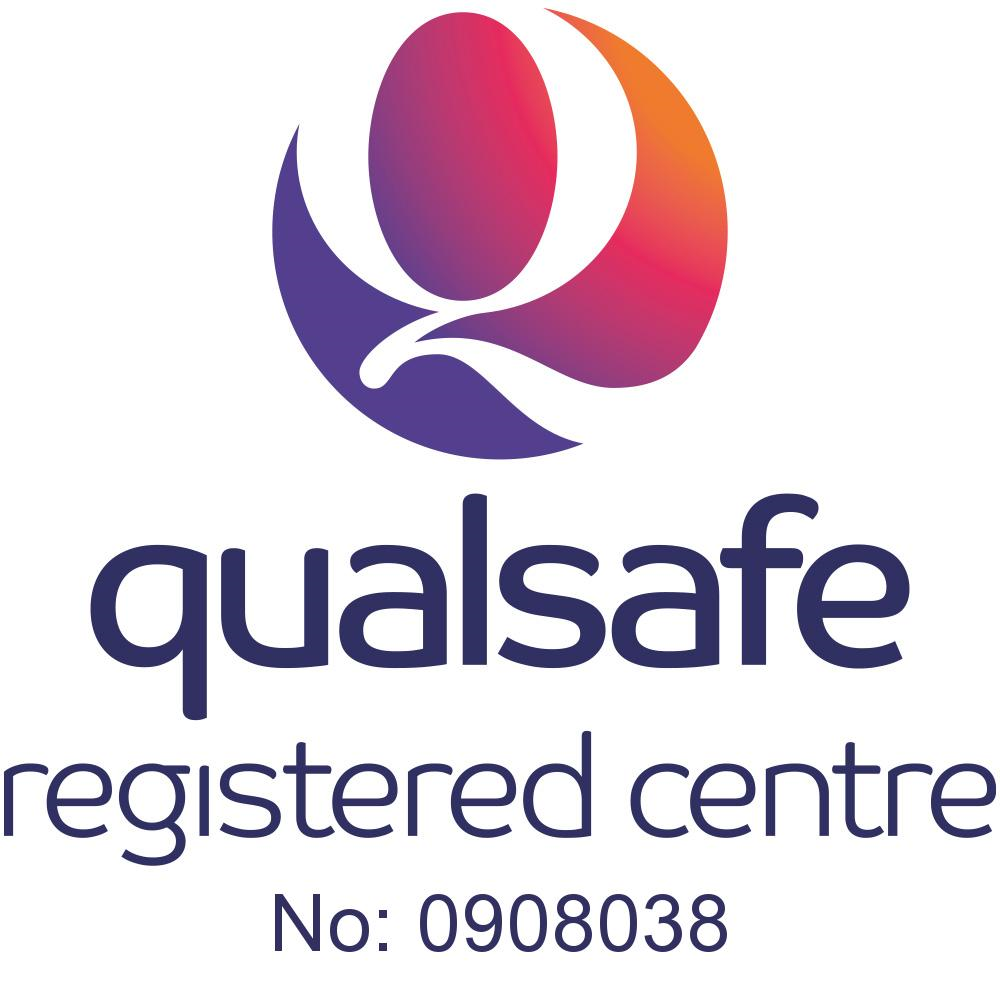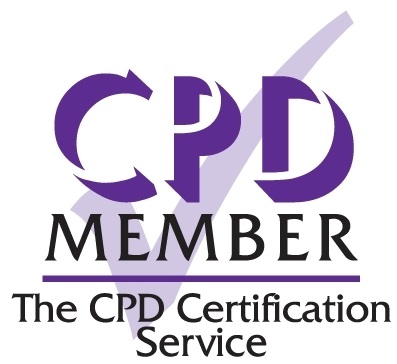Safeguarding Children
Learning Outcomes
- Describe abuse Understand the different forms of abuse and the impact they have on children and young people.
- Explain the relevant legislation, policy, and procedure Understand the legal and procedural framework that supports safeguarding children.
- Identify groups more at risk of abuse Recognise which children and young people are particularly vulnerable to abuse.
- Define different types of abuse Clarify the characteristics and signs of various forms of abuse, including neglect, physical, emotional, and sexual abuse.
- State the signs and symptoms of abuse Identify physical and behavioural indicators that may suggest abuse has occurred or is occurring.
- Describe the appropriate actions to take if abuse is suspected, including recognising unsafe practices and reducing the likelihood of abuse through proactive measures.
- Explain the process of reporting abuse Understand the use of safeguarding reporting forms and the role of multi-agency processes in safeguarding children.
Aim
The aim of this course is to equip learners with a deeper understanding of why children and young people are at higher risk of abuse due to their vulnerabilities. Learners will explore the various types of abuse, recognise the signs and symptoms of abuse, and learn how to take appropriate action if abuse is suspected. The course will also cover reporting and recording procedures and how to preserve evidence in line with safeguarding protocols.
Why Customers would Benefit from the Safeguarding Children Training Course?
The Safeguarding Children course is essential for professionals working with children and young people, especially those in care, educational, or social services settings. This course provides learners with a comprehensive understanding of the risks children face, the types of abuse they may experience, and how to recognise and respond to potential abuse effectively. Through this course, learners will develop the confidence and practical skills to protect vulnerable children and young people, while ensuring compliance with relevant legislation and safeguarding policies.
Equipping staff with this critical knowledge helps reduce risks, improve care and safety practices, and ensure that children’s well-being is safeguarded at all times. Additionally, the course covers how to preserve evidence and report suspicions of abuse, ensuring that professionals can act in the best interest of the child and in accordance with the law.

Key Benefits for Customers:
Comprehensive Understanding of Abuse
Learn to identify different types of abuse, recognise signs and symptoms, and understand the impact of abuse on children and young people.
Increased Awareness of Vulnerabilities
Gain insight into why children and young people are more at risk of abuse, enabling staff to be more proactive in preventing abuse and protecting children.
Improved Compliance with Legislation and Policies
Understand key safeguarding legislation, policies, and procedures, ensuring compliance with legal and regulatory requirements.
Practical Skills for Reporting and Recording
Learn the correct procedures for reporting suspected abuse, using safeguarding forms, and following multi-agency processes to ensure the safety of children.
Confidence in Handling Sensitive Situations
By having trained staff who understand safeguarding principles, organisations create a safer environment for vulnerable children, reducing the risk of harm.
Reduction in Legal and Reputational Risks
Ensure your organisation is compliant with safeguarding laws and protocols, helping to protect against potential legal or reputational issues related to child welfare.
Let’s Talk About Your Training Needs
Our friendly team is ready to help you build the right training solution for your care setting.
Safeguarding Children
Course
Safeguarding Children
Level
2
Practical
No
Duration
2-3 Hours
Certificate Length
2 Years
Number of Delegates
12
What Our Customers Say About Us

Registered Manager
Residential Care Home

Domiciliary Care Provider
Residential Care Home


